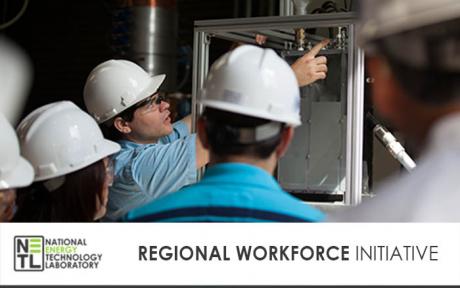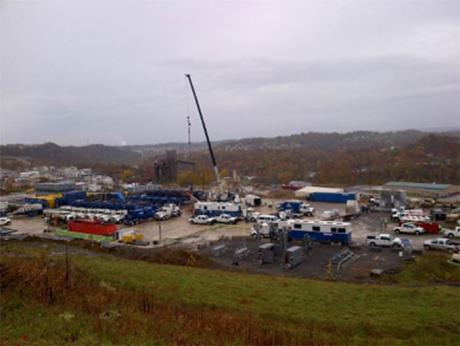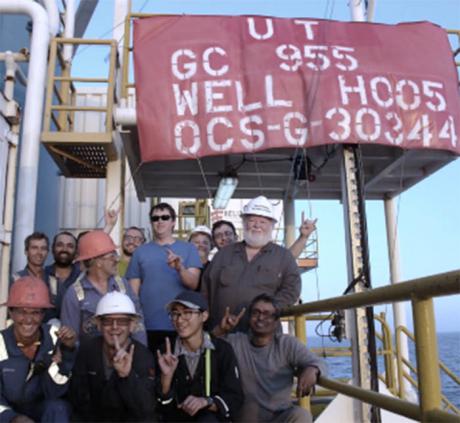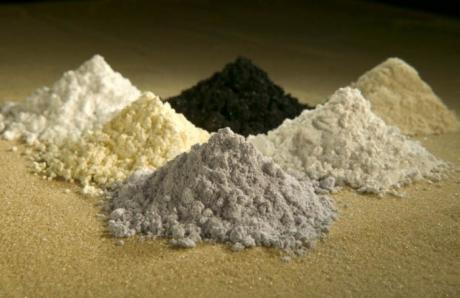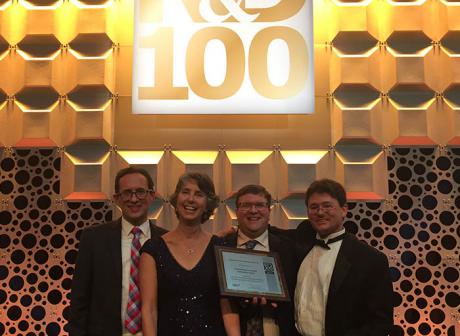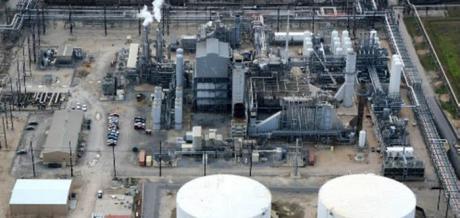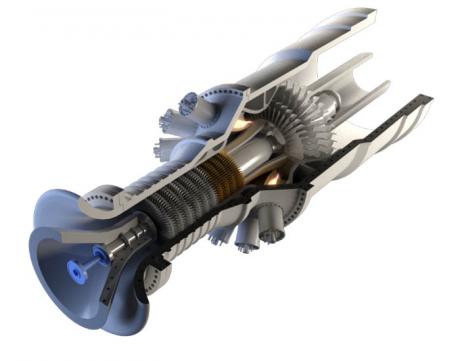Representatives from seven regional community and technical colleges and 25 regional economic development districts from four states converged on the NETL Morgantown site December 14 for the Laboratory’s second Regional Workforce Initiative (RWFI) Workshop.
RWFI is part of NETL’s ongoing drive to develop externally-focused initiatives that align with U.S. Department of Energy’s (DOE) call for community outreach and educational opportunities that focus on future workforce needs.
On December 14, 2017, Steven Winberg was ceremonially sworn in by Energy Secretary Rick Perry as the new Assistant Secretary for the Department of Energy’s (DOE) Office of Fossil Energy (FE). Mr. Winberg was officially sworn in as Assistant Secretary on November 22, 2017.
The 104,000-square mile Marcellus natural gas trend—the largest source of natural gas in the United States—was once considered to have inconsequential natural gas potential until new technologies helped industry access an estimated 141 trillion cubic feet of recoverable gas. Because more research is required to more completely realize the rich potential of Marcellus Shale natural gas, NETL is helping discover safe and effective natural gas recovery innovations with its work on the Marcellus Shale Energy and Environment Laboratory (MSEEL).
An NETL-sponsored team led by the University of Texas at Austin (UT-Austin) has recovered the first pressurized cores from a gas hydrate reservoir in the deepwater Gulf of Mexico—a key step in opening the door to a vast untouched natural gas resource.
On November 30, 2017, Steven Winberg, Assistant Secretary for Fossil Energy, spoke at the 2017 U.S.–China Clean Coal Industry Forum at the Morgantown Marriott at Waterfront Place in Morgantown, West Virginia.
The biennial forum is jointly organized by the Department of Energy and China’s National Energy Administration. The two-day event featured dialogue between the two nations that addressed challenges related to development and deployment of clean coal technologies and strategies.
Pioneering research at NETL on the use of microwaves to create the chemical reactions necessary to transform stranded natural gas resources into usable natural gas liquids and methane is serving as the springboard for more intensive work with long-time NETL academic partner West Virginia University (WVU).
The U.S. Department of Energy’s (DOE) National Energy Technology Laboratory (NETL) has found high rare earth element (REE) concentrations in coal samples taken from the Illinois, Northern Appalachian, Central Appalachian, Rocky Mountain Coal Basins, and the Pennsylvania Anthracite region. These highly concentrated samples are greater than 300 parts per million (ppm).
An innovative computational toolkit developed by the Office of Fossil Energy’s National Energy Technology Laboratory (NETL), in collaboration with a team from other national laboratories, has been recognized by R&D Magazine as one of the 100 most technologically significant products introduced into the marketplace in the past year.
A large-scale project, made possible through NETL support, is capturing about one million tons of carbon dioxide per year from a state-of-the-art hydrogen production facility in Texas and forging a successful new direction for hydrogen production technology.
The U.S. Department of Energy (DOE) has announced up to $5.5 million in federally funded financial assistance for cost-shared research and development projects under the first phase of the Office of Fossil Energy’s funding opportunity announcement (FOA) Advanced Components for 65% Combined-Cycle Efficiency, SCO2 Power Cycles and Advanced Modular Hybrid Heat Engines.





